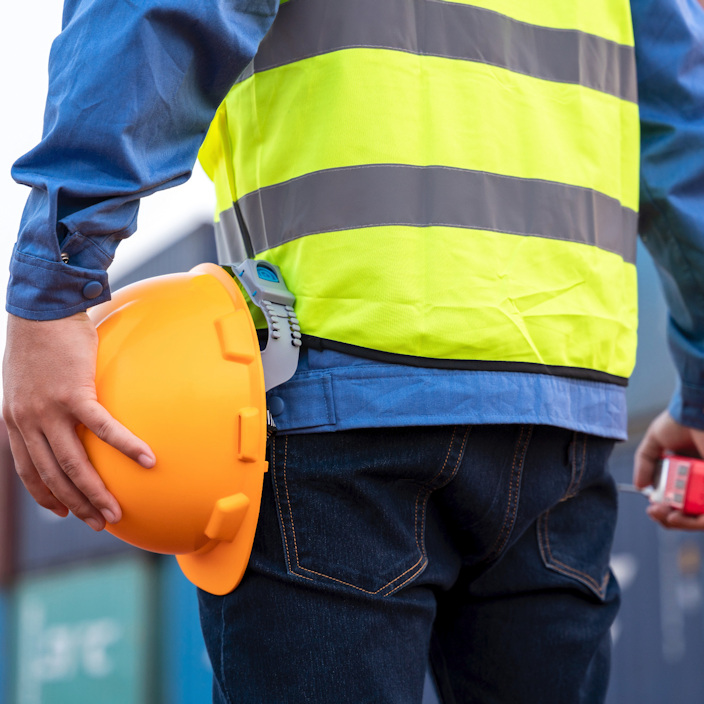Safety Reporting from C2G Safety & Security
Onsite safety reporting plays a crucial role in ensuring the effectiveness of safety management efforts and promoting a culture of safety excellence on renewable energy construction projects. Here’s an elaboration on the importance and key aspects of onsite safety reporting:
Importance of Onsite Safety Reporting:
- Visibility and Transparency: Onsite safety reporting provides visibility into safety performance, incidents, near misses, and potential hazards. It promotes transparency by documenting safety-related events and ensuring that relevant stakeholders are informed about safety issues in real-time.
- Data-driven Decision Making: Safety reporting generates valuable data that can be analyzed to identify trends, patterns, and areas for improvement. By leveraging this data, project managers and safety professionals can make informed decisions, implement targeted interventions, and prioritize resources effectively to enhance safety outcomes.
- Continuous Improvement: Safety reporting facilitates a culture of continuous improvement by encouraging workers to report safety concerns, observations, and suggestions for improvement. By capturing feedback from the frontline, organizations can implement corrective actions and preventive measures to mitigate risks and prevent incidents from recurring.
- Regulatory Compliance: Many regulatory agencies require construction companies to maintain detailed safety records and report incidents promptly. Onsite safety reporting helps organizations demonstrate compliance with regulatory requirements and fulfill their legal obligations, reducing the risk of penalties and liabilities.
Key Aspects of Onsite Safety Reporting:
- Incident Reporting: Prompt and accurate reporting of safety incidents, accidents, injuries, and near misses is essential for identifying root causes, implementing corrective actions, and preventing future occurrences. Incident reports should capture relevant details such as the date, time, location, nature of the incident, individuals involved, and contributing factors.
- Incident Reporting: Prompt and accurate reporting of safety incidents, accidents, injuries, and near misses is essential for identifying root causes, implementing corrective actions, and preventing future occurrences. Incident reports should capture relevant details such as the date, time, location, nature of the incident, individuals involved, and contributing factors.
- Incident Reporting: Prompt and accurate reporting of safety incidents, accidents, injuries, and near misses is essential for identifying root causes, implementing corrective actions, and preventing future occurrences. Incident reports should capture relevant details such as the date, time, location, nature of the incident, individuals involved, and contributing factors.
- Incident Reporting: Prompt and accurate reporting of safety incidents, accidents, injuries, and near misses is essential for identifying root causes, implementing corrective actions, and preventing future occurrences. Incident reports should capture relevant details such as the date, time, location, nature of the incident, individuals involved, and contributing factors.
- Documentation and Recordkeeping: Accurate documentation and recordkeeping are essential for maintaining a comprehensive safety reporting system. All safety-related documents, including incident reports, inspection records, training records, and safety meeting minutes, should be organized, archived, and easily accessible for reference and analysis.
- Analysis and Review: Regular analysis and review of safety reports help organizations identify trends, patterns, and areas for improvement. Safety data should be analyzed to identify recurring issues, assess the effectiveness of safety controls, and measure progress towards safety goals. Action plans should be developed based on the findings of safety analysis to address identified gaps and enhance safety performance.
By emphasizing the importance of onsite safety reporting and implementing robust reporting processes, organizations can effectively manage safety risks, protect workers from harm, and promote a culture of safety excellence on renewable energy construction projects.
Request A Quote
Safety Reporting Services from C2G Safety & Security


